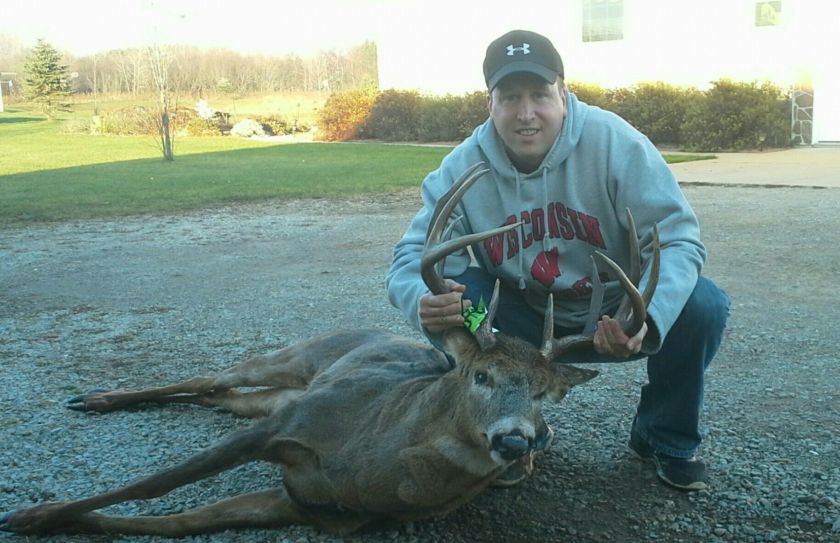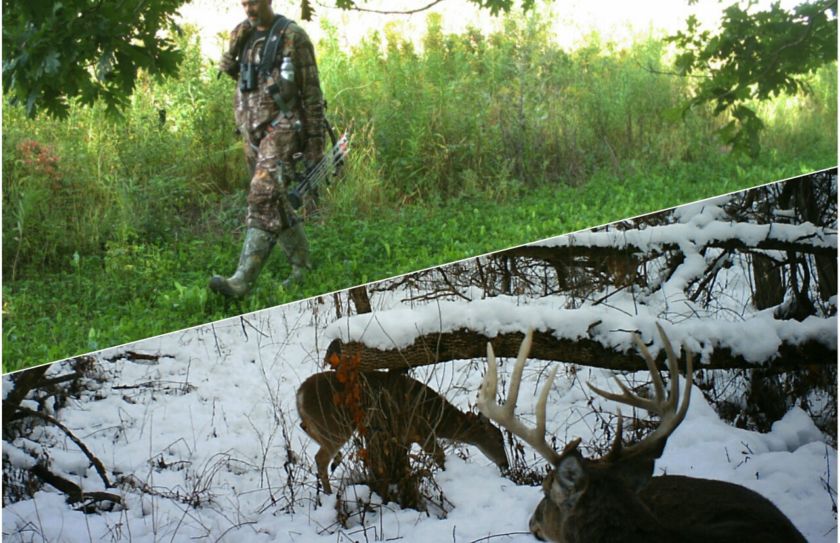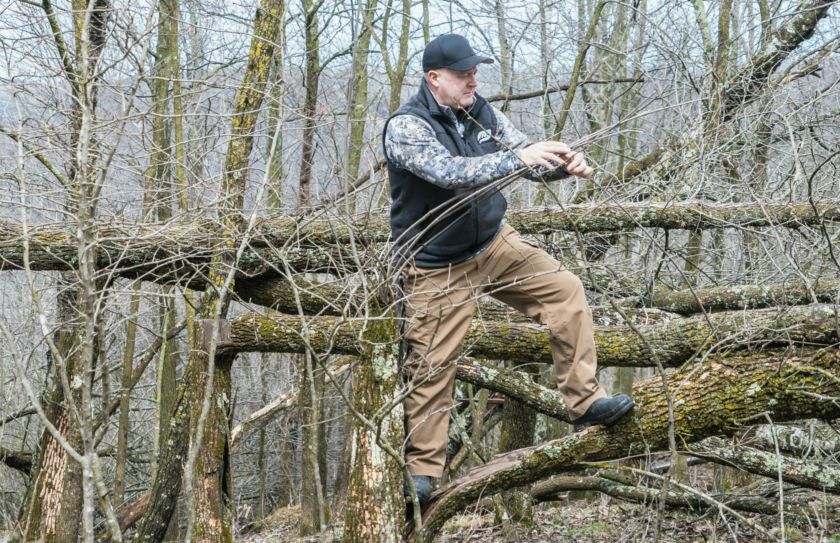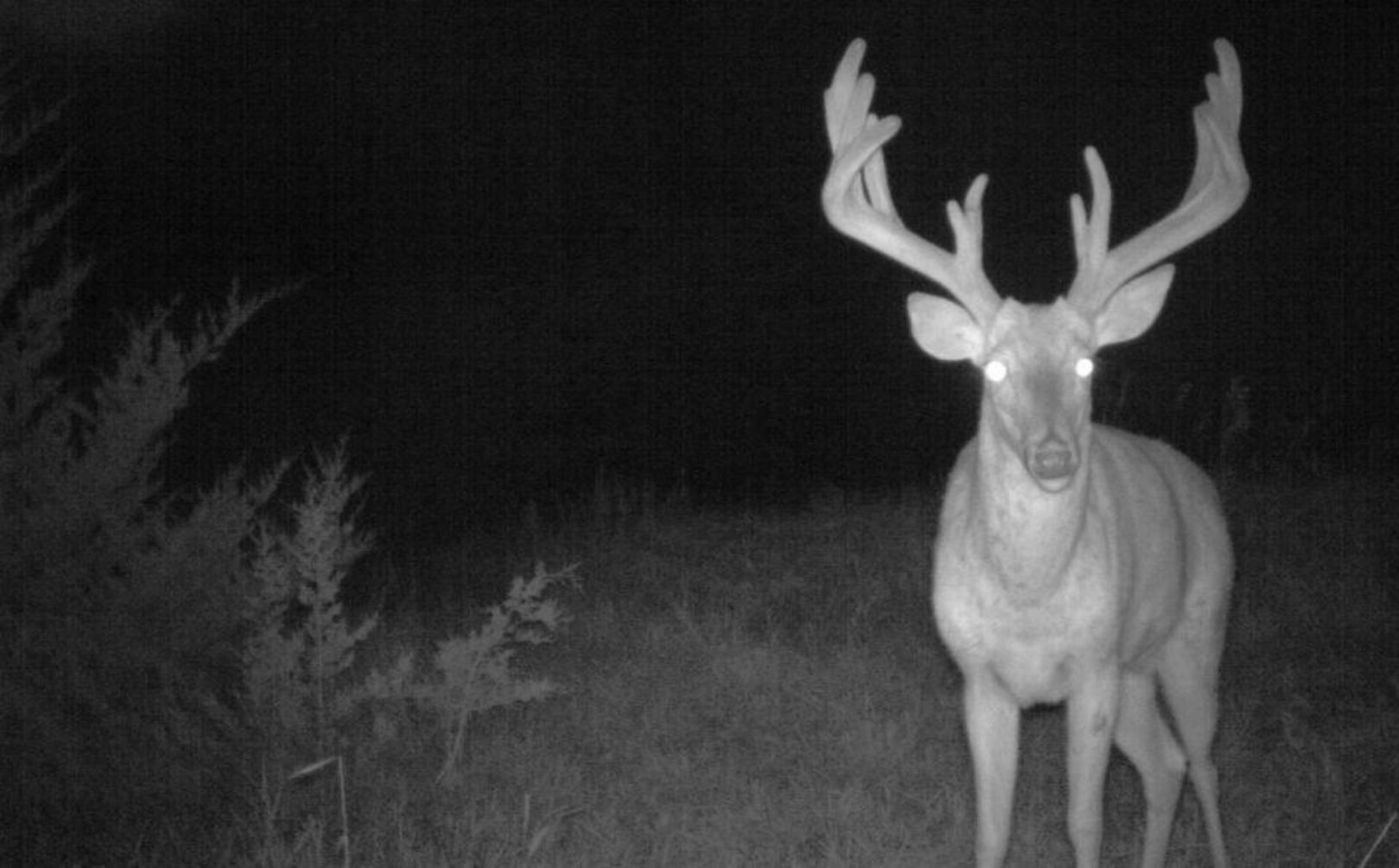
Creating a deer sanctuary should be easy, right? After all you just set aside "X" number of acres on your hunting land that you never enter, and call it a day. Sounds pretty easy doesn't it?
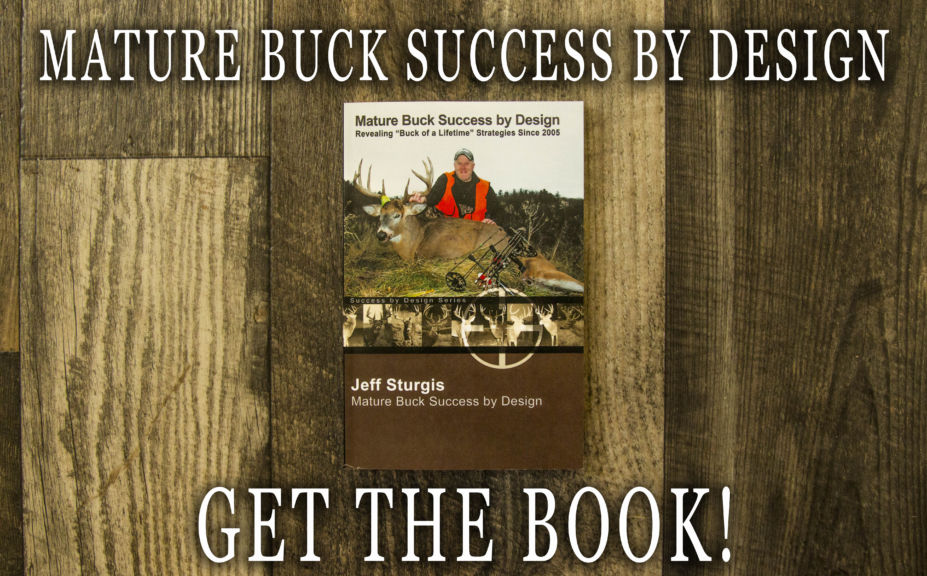
*This deer sanctuary strategy, as well as most any other whitetail related strategy, is covered in my recently completely trilogy of Advanced Whitetail Strategy books, including the recently published"Mature Buck Success by Design", which details how to scout, prepare, forecast for and consistently kill mature bucks.
Although the term "Deer Sanctuary" is one of the most often used concepts in deer hunting and deer herd management, I have often experienced that those simple two words are the most misunderstood and innacurately applied words in the world of deer hunting. Are most "sanctuaries", a sanctuary? I don't believe so, and there are 3 reasons why: Hunter scent, Hunter sound, and Hunter site. Creating a sanctuary doesn't have anything to do with using a chainsaw or planting the latest and greatest native grass blend. In fact without paying attention to the critical concepts of a true sanctuary, the more you do to attract deer to your sanctuary, the lower the value of your land will be to actually attracting, holding and protecting a deer herd.
Scent, sound and the site each have the power to destroy a sanctuary when it comes to it's ultimate ability to hold a mature buck, as well as to contribute beneficially to the overall management of your hunting area. And I say "management of your hunting area", because the art of creating a sanctuary on public land applies as well. Although a sanctuary is difficult to master, I am excited to tell you how you can put the sanctuary back into sanctuaries, because creating a deer sanctuary is easy when following 3 specific strategies.
1. No Scent In Sanctuaries
For a sanctuary to work, you have to keep your scent from filtering into it. 25 years ago I learned the hard way how much scent control could play a critical role in my level of hunting success. And I am not talking about keeping my clothes clean, wearing scent-free boots or using scent elimination sprays, gels or powders. Instead, what I am refering to is how often my hunt was over before it started simply because of not paying attention to where my scent was blowing on the way into my stand.
While hunting the small woodlots in MI's agricultural "Thumb" region during the late 80s, if you bumped the deer from the small patch of cover you were hunting the deer didn't come back for a day or more. They simply relocated across the road or field to the next woodlot and had no reason to come back. We would be as careful as possible to reduce our noise while entering a stand, we would wash our clothes and store them in plastic bags, but then we would allow the hot, sweaty stench of our 1/2 mile walk to the stand to blow ahead of us and into the woodlot. It wasn't until we got to know the neighbors a bit that one of them finally said, "We can always tell when you guys are hunting because a pile of deer run out of the back of the woods". The interesting thing was that, we never even knew the deer that we spooked were there in the first place.
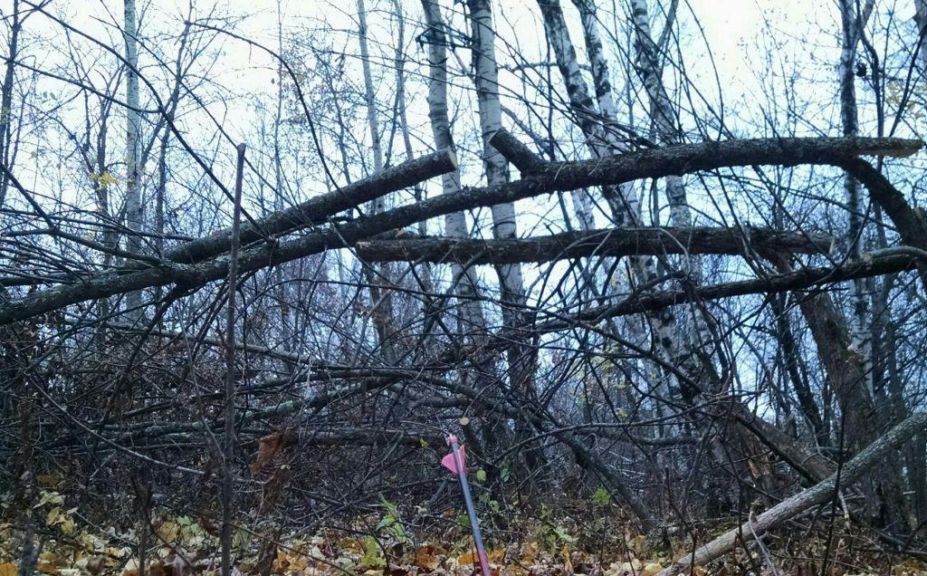
*Scent control starts by where you choose to hang a tree stand. To make sure that you can food a deer's nose the best, try reading, "Scent Control For Deer".
As we passed into the 90s, we quickly learned that if we wanted to hunt a 5 acre woodlot surrounded by ag, we had to not only make sure that the deer inside didn't see us or hear us during our approach, but we had to make sure that we didn't allow our scent to saturate our approach before our hunt even started. As we seasoned through the mistakes of our inexperience, we began creating deer sanctuaries without ever lifting a saw, planting a tree, or broadcasting native grass seeds. We simply managed our scent, sound and site, which during the early years was all that we could do.
2. Sound Proofing Deer Sanctuaries
I really like to hunt deer as if I was a military sniper, while hunting an enemy that actually has a weapon. Why not? The approach of not letting the deer know that they are being hunted was driven home to me at an early age while hunting baby turtles in the 70s and early 80s, to sell to the neighbor kids. I would wait patiently for the tiny little head of a painter, snapper or map turtle to poke through the seaweed, and then slowly move towards the turtle while trying not to make any noise or unnatural vibrations into the ground. The head would slowly disappear and I would inch ever closer. It would reappear and I would stop and move extremely slow. The aquatic game of "cat and mouse" would come to an end when I would thrust my net into the water in front of the turtle, push forward and lift, while hopefully including the tiny turtle within the mess of weeds, murky water and debris. At the time of the ambush there was a considerable amout of noise and commotion, but during the "hunt"...not a sound.
In 1993 I shot a nice MI buck that I was after by slipping in quietly during the early morning hours to post in a ground blind on the backside of a neighboring bedding area. When the morning shots broke the silence I was disappointed. And then there was the shouts of joy and congratulations nearly a 1/4 mile away as I could just make out "I shot a buck". The fact that the neighbor was so happy he shot a buck was pretty cool, but I can still remember how I thought that it was probably the "big one" that I had been after all season. I couldn't help but to feel a little down and it wasn't even 8am.
*By staying on the "quiet" side of the sanctuary, the buck of my dreams was pushed right into my lap during the 1993 MI Gun Season Opener. You can read all about the approach in, "Opening Day Gun Season Strategies".
But then it happened! As the sound of the neighbor's early morning hunting harvest filled the woods to the Northwest of the bedding area, deer began to appear running towards the Southeast away from the noise, and into my lap. And then there he was, the big one! A quick shot at less than 30 yards and my hunt was over. But would my opportunity even have come if it wasn't for the sounds of my neighbors filling the woodlot? Throughout the years I have benefited greatly from ATV movements, pheasant hunters and hikers who were often a 1/4 mile away or more. I even learned quickly during the early years to expect and take advantage of those movements.
I can't emphasize enough how sound proofing your approach and stand entrance can pay off big time in the whitetail woods, in particular when most whitetail hunters typically lack a dedicated sound proofing strategy. If you can use your imagination for just a moment to contemplate the prospect of hunting a deer that is also carrying a gun; than that's the level of sound proofing that I believe that you need to incorporate while creating a deer sanctuary. If it zips, pops, squeaks or clangs I either fix the problem, or get rid of the problem while expecting nothing less.
3. Hide and Seek Deer Sanctuaries
It really is a "game". Deer are always hiding from you, but are you doing a good job hiding from them? If deer can see you access your land and enter a deer stand, than changes need to be made. Deer shouldn't be able to smell you, hear you or see you while you are hunting. Of course there will always be the random deer/human encounters that you can't help, but making sure that you aren't setting yourself up for a negative encounter often starts with making sure that a deer never sees you coming, and that includes while they are in their evening food sources.
Do you often spook deer while they feed, while either getting in or out of your tree stand? If so I like to employ any or all of these options:
1. Get rid of the stand or move it
2. Get rid of the food, shrink it or move it
3. Change the access to the stand
If you were a sniper, would you walk through an enemy village, climb up and onto a grassy knoll in the middle of enemy territory, set up an ambush position in the open with no camoflage and then expect to connect on a high value target in the village that you just walked through? Maybe the analogy is a little extreme, but I know that I wouldn't, and I don't hunt that way either. Instead, whether it is my scent, sound or site I plan carefully to do everything in my power to enter and exit my points of ambush without the deer herd knowing that I am in their territory.
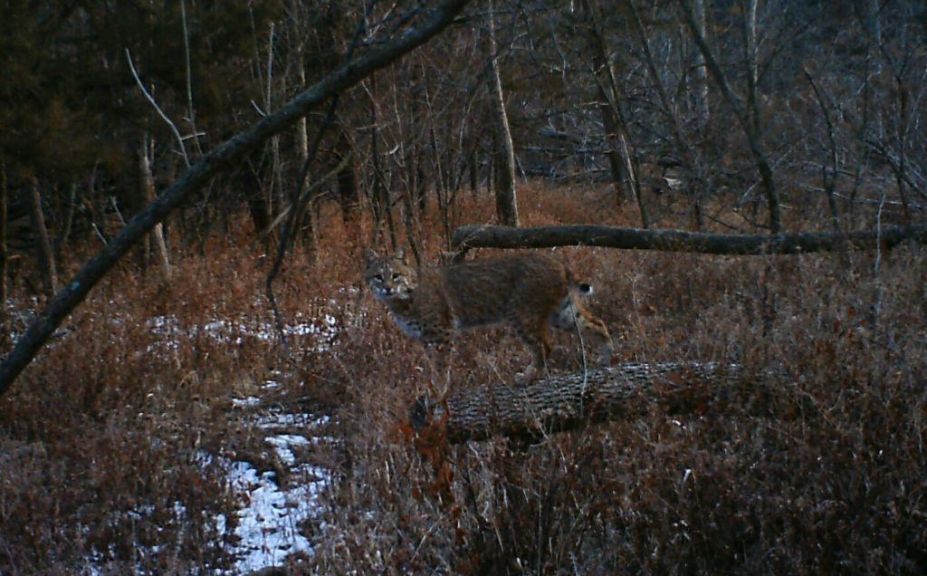
*Accessing your hunting grounds like a savvy predator is critical to your success. Do you awkwardly announce your precense or quietly blend into the landscape? For one of the most important hunting strategies that you can find, try reading "Predatory Access".
Conclusion
How can you create a deer sanctuary? By making sure that you eliminate the scent, sound and site from within the borders of your sanctuary. While most anyone considers a bedding area a sanctuary, very few bedding areas are free from all 3 forms of hunter intrusion. But a sanctuary shouldn't stop at merely a bedding area. A sanctuary should include your food sources, deer travel corridors, waterholes and bedding areas. If you are creating a sanctuary to include at least 50% of the habitat in your hunting grounds, than you are on the right track, because I typically find that there is less than 5% of a typical hunting land's acres that features a "no scent, sound or site zone". That zone is what I refer to as your parcel's efficiency level and although because you have to access your land you can never attain 100%, it is extremely rare that you can't include at least 50% of your within your sanctuary borders, with 60-70% the most common range.
Improving a sanctuary by creating timber cuttings or planting habitat, can never overcome the negative effects of allowing the deer to smell you, hear you or see you. Often the more deer you attract by improving the habitat, that you ultimately repel, the lower the value of your land will be in the eyes of the local deer herd when it comes to creating a sanctuary for the local deer herd. Sanctuaries may indeed be the most overused and misunderstood concept in the deer world, but it is because they WORK, when created effectively. The power of a true sanctuary is incredible and as we found out in the early 90s, the process of creating one didn't mean that we ever had to use a saw, tree spade or grain drill to create one; we just had to take the scent, sound and site out of our hunt!
